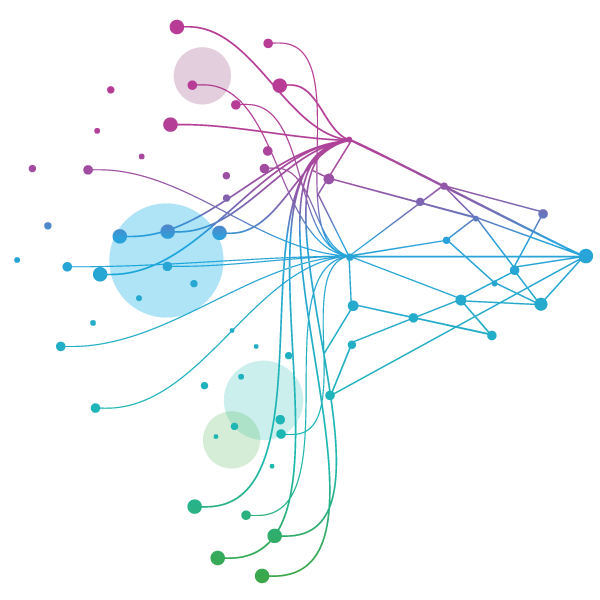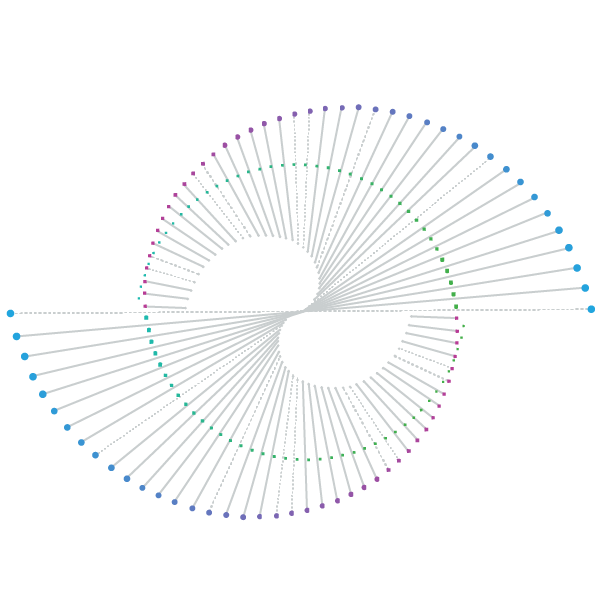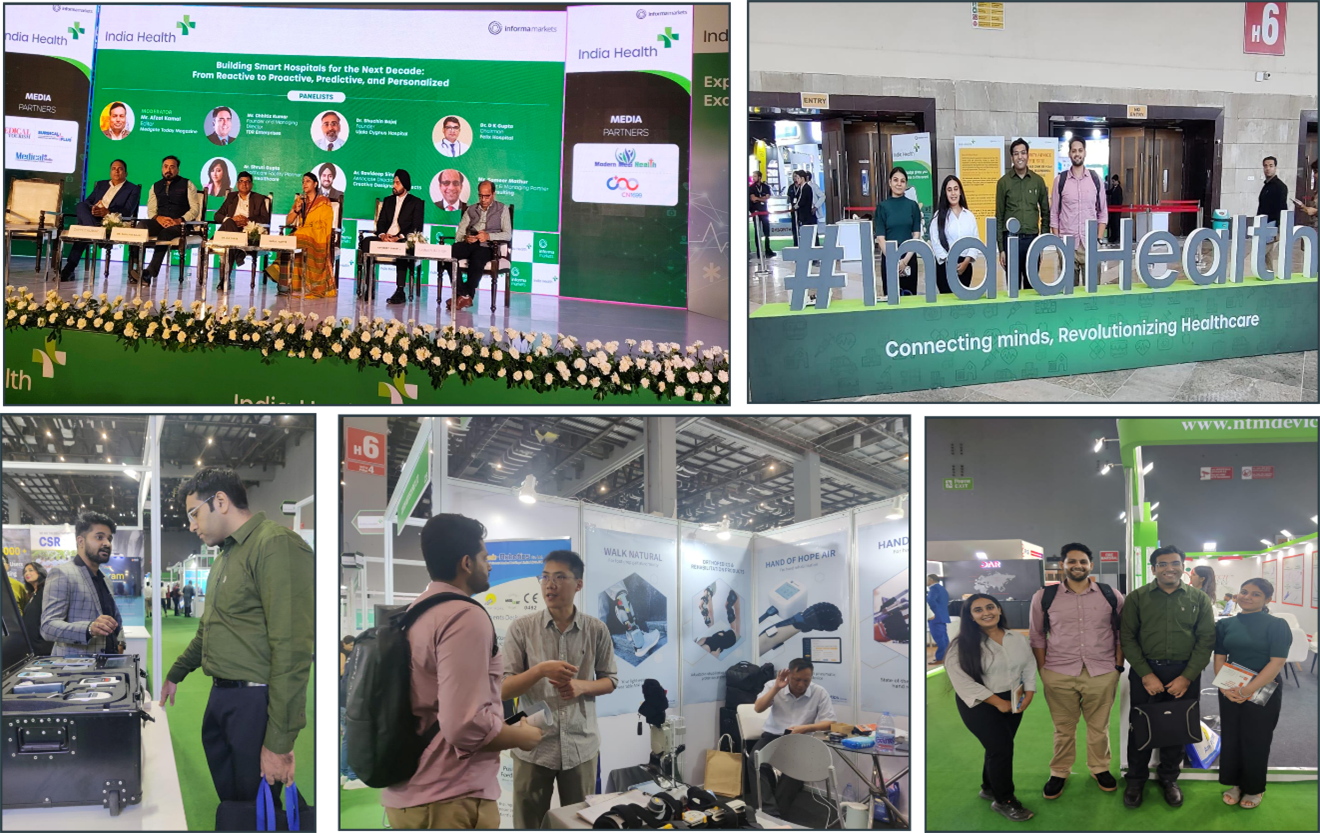Forging a path for MedTech Innovation.






















- Blogs
- IQVIA MedTech at India Health Exhibition 2025
The IQVIA MedTech Consulting team participated in the India Health Exhibition 2025 held in New Delhi from July 11–13 2025. The event convened leading voices across healthcare—including industry experts, innovators, and policymakers—to spotlight advancements in pharmaceuticals, medical devices, diagnostics, and broader healthcare systems.
The IQVIA MedTech team participated in focused discussions and in-depth explorations across several core areas during the exhibition. These included the growing emphasis on digital diagnostics and the increasing role of data-driven tools in healthcare delivery; a detailed analysis of policy initiatives aimed at strengthening India’s domestic medical device sector, along with the structural gaps that continue to impede progress; and an evaluation of global market opportunities, particularly how Indian manufacturers are positioning themselves competitively within highly regulated international markets.

Policy Push and Ecosystem Enablers in India's MedTech Journey
Across multiple sessions at the India Health Exhibition 2025, the role of the National Medical Device Policy was repeatedly acknowledged as a foundational enabler in the country’s MedTech evolution. Stakeholders highlighted how the policy has contributed to streamlining regulatory pathways, encouraging innovation, and cultivating a more supportive ecosystem for domestic development.
Speakers and panelists also emphasized broader national initiatives—particularly Make in India and the Production-Linked Incentive (PLI) scheme—as key drivers of manufacturing growth. These programs have incentivized local production, attracted investment, and positioned India as a credible player in the global medical technology supply chain. Discussions underscored that aligning domestic regulations with international standards remains critical for export viability and long-term competitiveness.
Platforms like MedTech Mitra, an online support portal for early-stage MedTech companies, received attention for their role in guiding innovators through complex clinical and regulatory landscapes. By providing structured mentorship and resources, such platforms are helping emerging ventures move more efficiently from prototype to market.
In parallel, there was strong focus on the expanding relevance of diagnostics within India’s public health framework. Industry leaders and government representatives explored how targeted investment and infrastructure development in tier-2 and tier-3 cities could unlock access to timely diagnostics at the community level—particularly for conditions that require early detection and intervention. The consensus was that diagnostics will play a central role not just in disease management, but in improving healthcare equity across geographies.
Procurement Reforms and Institutional Support
A dedicated panel session spotlighted the role of the Government e Marketplace (GeM)—a digital procurement platform for government agencies and public sector units (PSUs). A PSU representative shared practical insights on how GeM has streamlined the acquisition of medical devices, noting significant improvements in both procurement efficiency and post-sale service support.
The panel also featured senior representatives from leading MedTech firms such as Baxter and Stryker, who affirmed that the digitized platform has simplified the overall bidding process and reduced barriers for tender participation. Their experiences highlighted how transparent workflows, standardized documentation, and digital tracking features are enabling smoother vendor onboarding and enhanced competitiveness.
Constraints Behind the Momentum
While the India Health Exhibition showcased momentum across innovation, policy, and investment, discussions also underscored pressing challenges that continue to limit growth and scale across the MedTech industry:
- India’s domestic ecosystem lacks consistent access to clinical samples and standardized testing facilities. For instance, startups working on diagnostic tools often struggle to acquire patient data and test samples needed for validation, delaying commercialization
- Exporting medical devices remains difficult for Indian companies due to complex documentation requirements and expectations for clinical data tailored to each market. Manufacturers targeting the U.S. FDA or CE certification in Europe frequently cite the need for extensive dossier preparation and region-specific trials
- Several stakeholders pointed to existing policies that, while well-intentioned, often lack transparency or long-term predictability. Incentives under the PLI scheme, for example, are beneficial but not universally accessible, leaving mid-sized players without clear support mechanisms. Some participants suggested that regulatory frameworks still favor large incumbents while smaller innovators struggle with limited guidance
- Despite “Make in India” efforts, a heavy reliance on imported components—especially for imaging, sensors, and high-end electronics—continues to raise production costs
- Developing large devices such as ventilators or robotic surgical systems requires high capital investment for testing and certification. However, low pricing benchmarks in public procurement make financial recovery difficult
- Compared to China, South Korea, and the US, India’s MedTech sector remains under-invested in R&D. While the NRDC has supported some projects through equity-based funding, industry-wide spending is still concentrated among a handful of large players
Noteworthy MedTech Innovations Featured at the Expo
A number of standout devices were featured at the expo, reflecting the growing capabilities of India’s MedTech ecosystem:
- Nuralogix’s Anura: A contactless, video-based health monitoring tool that uses patented Transdermal Optical Imaging and Artificial Intelligence (AI) to measure vital signs and assess health risks
- ‘Gyneye’ by SUJA Associates: An AI-powered handheld colposcope tailored for cervical cancer screening. It integrates a smartphone with a specialized lens and proprietary software to deliver high-resolution imaging
- Janitri Innovations: Presented a suite of non-invasive maternal and newborn monitoring solutions, including the Navam Bilirubin Max for bilirubin assessment
- Sunfox Technologies: Displayed its range of portable ECG devices designed for both home and clinical use. This includes:
- Spandan Neo for personal/home use
- Spandan Pro for hospital-based monitoring
- Spandan Legacy, a 12-lead ECG device suitable for both settings, enabling result sharing via mobile applications
- Hand-of-hope: A sensor-exoskeleton device for post-stroke rehabilitation combining a hand brace with an Electromyographic sensor worn on the forearm. Designed for hospital use within the first three months post-stroke, with a complementary version for home-based therapy to continue recovery
The IQVIA MedTech team's visit underscored the rapid evolution underway in India’s MedTech sector. Regulatory recalibration, increased innovation investment, and growing engagement from both domestic and international stakeholders are shaping a more agile and future-oriented industry landscape. The convergence of supportive policy frameworks and entrepreneurial drive is accelerating sectoral momentum. While gaps in infrastructure, regulation, and market access persist, the sector's trajectory is clearly shifting. Transformative efforts are in motion, and sustained collaboration across stakeholders will be key to converting potential into measurable progress.
Interested in speaking with our IQVIA MedTech experts? Click the CONTACT US button to arrange a consultation.
You may also be interested in
The Global Orthopaedics Medical Device Market
Digital Twins in Healthcare
Navigating China's MedTech Market
The Convergence of Medical Devices and Digital Health: What’s Next?
Related solutions
Connected commercial solutions, maximizing market performance.





